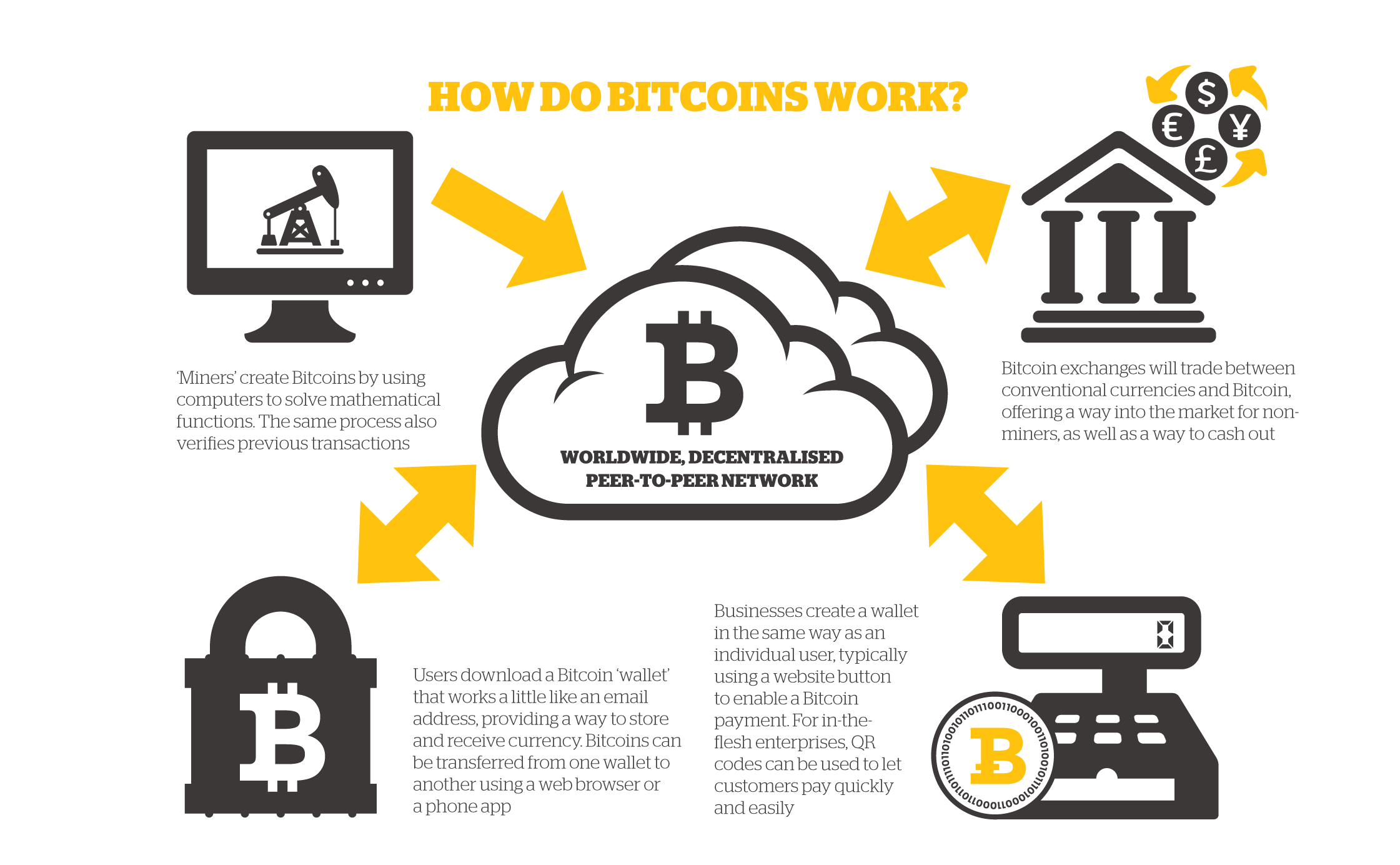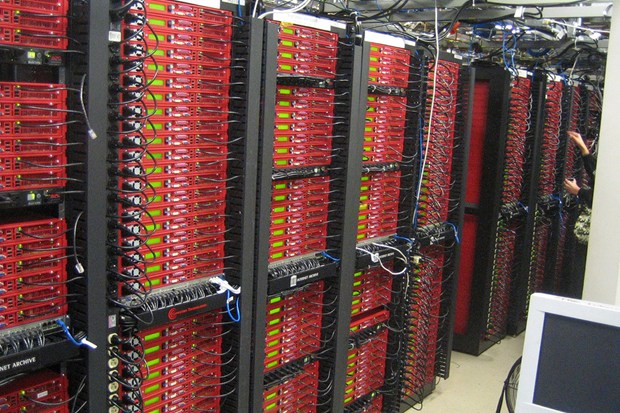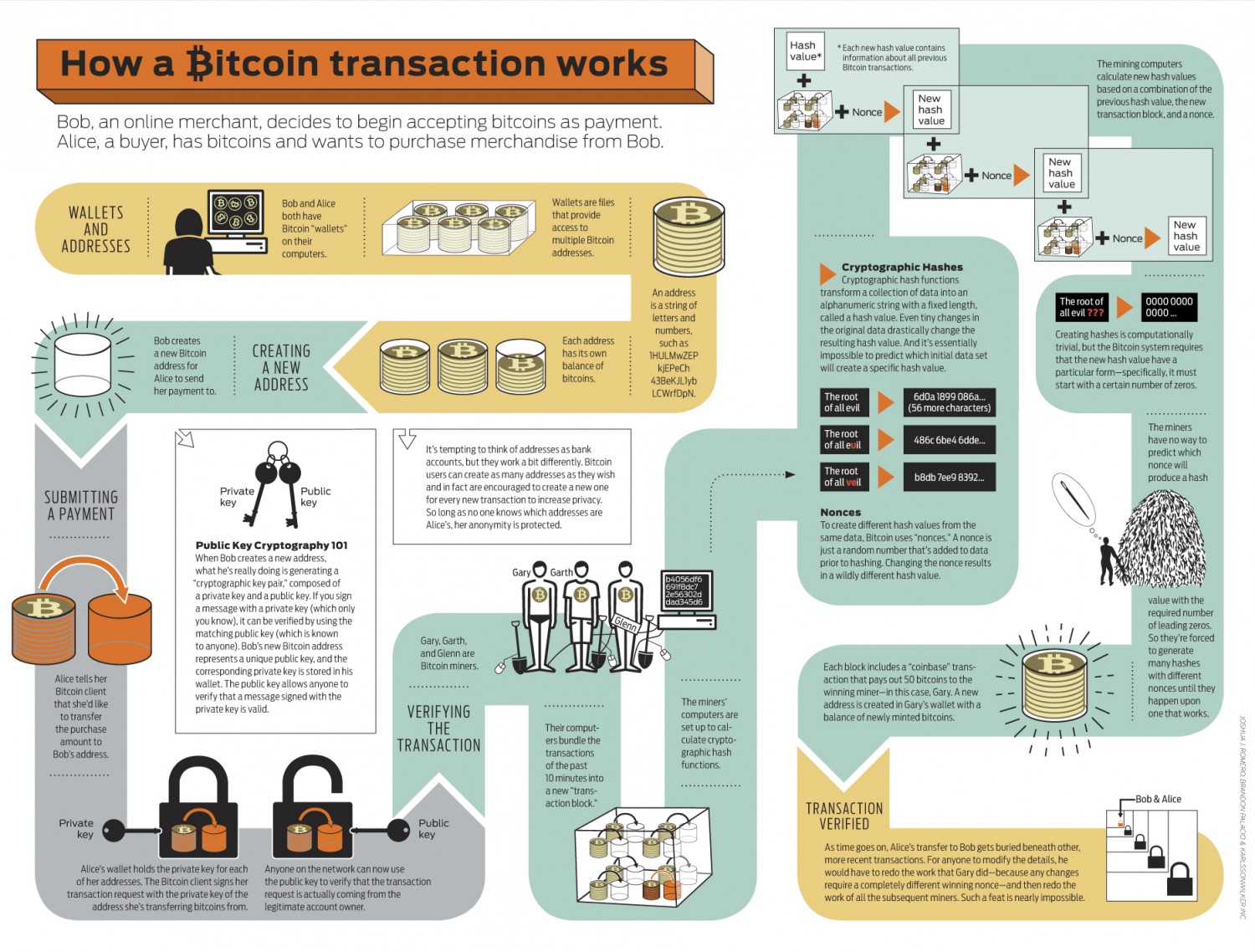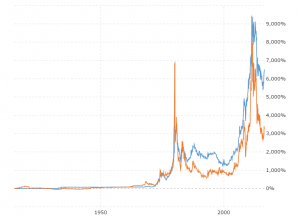What Is Bitcoin Mining?
In our previous article we spoke about what Bitcoin is and just briefly touched on how a bitcoin transaction takes place. In this article we will go in depth into how bitcoin transactions take place. I say “transaction” because that is what is at the heart of the Bitcoin ecosystem.
How Does a Bitcoin Transaction Happen?
When two users want to complete a transaction, one user is sending Bitcoin and the other user is receiving it. In order for this to occur, the transaction must be verified via the Bitcoin network. If you are a Bitcoin “miner”, this means that your computer is logged onto the bitcoin protocol via software and your computer’s CPU is crunching complex, algorithmic math problems. What you are really doing is performing the verification process of Bitcoin transactions.
In order for the transaction to be confirmed, both the sender and the receiver’s digital signatures must be confirmed as well as the transaction being logged into the Block Chain.
What is the Block Chain?
Think of the Block Chain as a public ledger that lists every transaction that has ever occurred since the beginning of Bitcoin. Every time a bitcoin is created, or is traded hands, it is recorded in the Block Chain. It is this public nature that contributes to the security of Bitcoin. If you attempt to send bitcoins that you do not have, it can easily be verified on the Block Chain. The system will simply scan the Block Chain for your bitcoin address and see if you actually have the amount of bitcoins you are trying to send/spend.
Why Would I Connect My Computer To The Bitcoin Network And Become A Miner?
When you are logged onto the network, your CPU or GPU (your video card’s processor) is working very hard – upwards of 90-99% of its capacity. When your computer is actively mining it’s almost unbearable to use your computer for regular tasks. Also, the difficulty of the algorithm has gotten exponentially so difficult, it is pretty much not worth using a regular computer to mine for bitcoin.
Hardware developers though, have created new ways to keep up with the rise in algorithm difficulty. By designing new ASIC (Application-specific integrated circuit) chips, you can purchase an ASIC miner that performs hundreds of times better than your regular desktop ever can. In simple terms, the ASIC chips are basically GPU’s that have been designed to perform one task while consuming very little power – solving the Bitcoin cryptographic algorithm.
Again, on a simple level, the reason people go through the trouble of mining bitcoins is that on every transaction that is verified, a reward is paid out. To get technical, when a block is mined, currently 25 bitcoins is paid out. But mining a block is very difficult and time consuming, so many miners joint a Mining Pool where everyone contributes their computing power for the greater good of solving the block. When that block is completed, everybody who contributed is paid a proportion of the 25 bitcoins equal to the amount of work their GPU/ASIC’s did. So if 25 people were in a pool, and each did an equal amount of work and they solved 1 block collectively – they would all receive 1 bitcoin.
In summary, the Bitcoin system is quite ingenious in that it requires physical resources to “mine” for a virtual commodity. Electricity usage in these ASIC miners is a big factor in determining whether your mining rig will be profitable or not. In a sense, mining for bitcoin is similar to mining for gold and silver and that is why it is named such. It takes time, exertion (CPU/GPU exertion), and resources (requires electricity and puts off massive amounts of heat).











